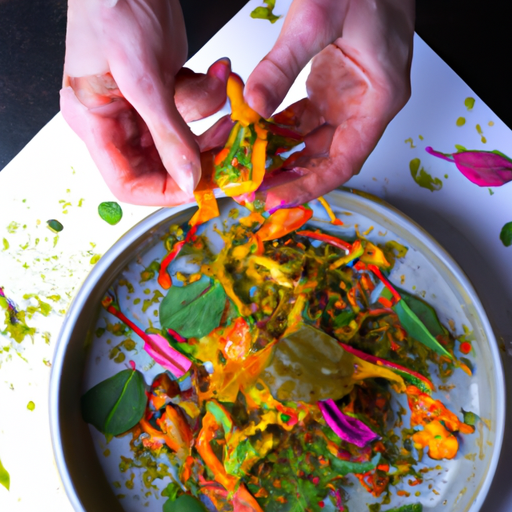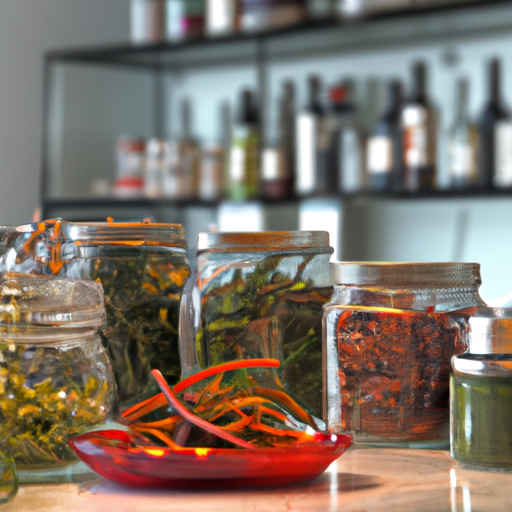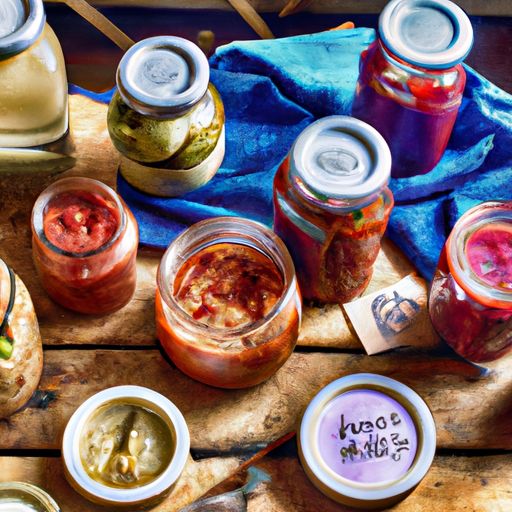Innovative chefs are revolutionizing kitchen practices by embracing zero-waste cooking techniques. This movement goes beyond basic composting to create stunning dishes from typically discarded ingredients. Discover how home cooks can adopt these sustainable methods while elevating their culinary creativity.

The culinary world is experiencing a profound shift as zero-waste cooking moves from a niche concept to a mainstream movement that's reshaping how we think about food preparation. This comprehensive approach to cooking isn't just about reducing waste—it's about discovering new flavors, textures, and techniques that have been overlooked in traditional cooking methods.
At its core, zero-waste cooking challenges the very notion of what we consider edible. Parts of vegetables that were once destined for the compost bin are being transformed into innovative dishes that not only taste remarkable but also help address the global food waste crisis. Consider that roughly one-third of all food produced globally goes to waste—a statistic that becomes even more striking when we examine home kitchen practices.
The Foundation of Zero-Waste Cooking
The first step in embracing zero-waste cooking is understanding the full potential of ingredients. Take the humble carrot, for instance. While most cooks use only the orange root, the entire plant is edible. Carrot tops can be transformed into vibrant pestos, the peels can be roasted into crispy garnishes, and even the strings can be dehydrated and used as a natural food dye.
Vegetable scraps that might typically be discarded can form the base of flavorful stocks and broths. Onion skins, celery ends, mushroom stems, and herb stems create depth and complexity in liquid-based dishes. These components, often rich in nutrients, contribute to both the flavor profile and nutritional value of the final dish.
Innovative Techniques and Applications
Modern zero-waste cooking employs various preservation techniques that extend beyond traditional methods. Fermentation, for instance, not only preserves food but creates entirely new flavor profiles. Vegetable scraps can be fermented into kimchi or pickles, while fruit scraps can be transformed into vinegars or kombucha.
Dehydration is another crucial technique in the zero-waste kitchen. Citrus peels can be dried and ground into powders for seasoning. Apple cores and peels can be dehydrated and used to make natural tea blends. Even bread crusts can be transformed into creative breadcrumbs or croutons with different flavor profiles.
Practical Implementation for Home Cooks
Adopting zero-waste practices doesn't require professional equipment or extensive culinary training. Start by conducting a waste audit of your kitchen to identify common sources of food waste. Keep a container in your freezer for vegetable scraps that can be used for stock. Store herbs in water to extend their life, and use the stems in cooking.
Meal planning becomes crucial in a zero-waste kitchen. Consider how ingredients can serve multiple purposes across different dishes throughout the week. For example, broccoli stems can be spiralized into noodles for one meal, while the florets are used in another dish. The leaves can be crispy roasted for a snack or garnish.
Economic and Environmental Impact
The financial benefits of zero-waste cooking are significant. By utilizing more of each ingredient, home cooks can reduce their grocery bills while expanding their culinary repertoire. This approach also has a substantial environmental impact, reducing methane emissions from landfills and conserving the resources used in food production and transportation.
Restaurants implementing zero-waste practices report cost savings of up to 10% on food purchases. These principles can be scaled down to home kitchens, where similar savings can be achieved through careful planning and creative use of ingredients.
Advanced Zero-Waste Techniques
As you become more comfortable with basic zero-waste practices, explore advanced techniques like creating vegetable-based leathers from pulp, crafting natural dyes from food scraps, or developing unique preserves from typically discarded parts. Experiment with aquafaba (the liquid from canned chickpeas) as an egg replacer in baking, or transform citrus peels into candied garnishes.
The Future of Sustainable Cooking
Zero-waste cooking represents more than just a trend—it's a fundamental shift in how we value and use food. As climate change concerns grow and consumers become more environmentally conscious, these practices will likely become standard in both professional and home kitchens.
Education and community sharing play vital roles in advancing zero-waste cooking. Many cities now offer workshops and classes focused on these techniques, while social media platforms provide spaces for cooks to share their discoveries and innovations.
By embracing zero-waste cooking, we not only reduce our environmental impact but also discover new dimensions of flavor and creativity in the kitchen. This movement reminds us that sustainable cooking practices can enhance rather than limit our culinary experiences, proving that responsibility and innovation can go hand in hand in the modern kitchen.



